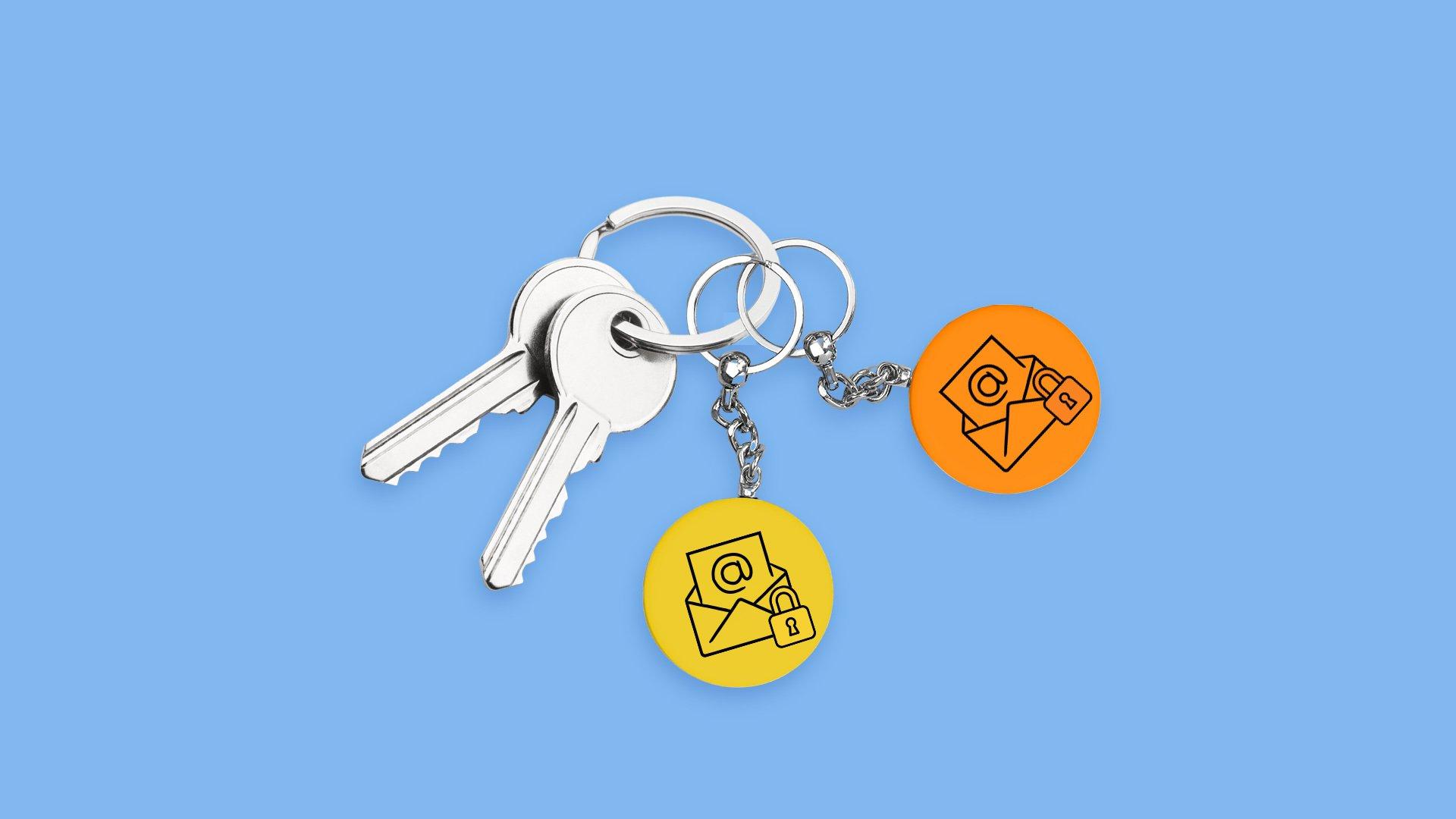
Unified ID 2.0 (UID2) is revolutionizing the way media is bought, sold, targeted, and measured — marking a tremendous shift in our industry and the internet at large. In this edition of the Resource Desk, we run through how marketers can effectively implement UID2, and reap its benefits.
Built to be privacy-conscious while maintaining addressability, Unified ID 2.0 (UID2) is becoming one of the most ubiquitous, durable IDs in the bidstream. It can revolutionize the way media is bought, sold, targeted, and measured — marking a tremendous shift in our industry and the internet at large.
In this article, we run through how to accurately set up a UID2 test, ways it can fit into media planning and strategy, and how it can enhance the other identifiers already being leveraged.
What is UID2?
UID2 is a pseudonymous identifier that is developed by hashing and salting an email or phone number. It provides marketers with four key advantages:
- Precision: Collects data through customer interaction.
- Scale: Extends the data most companies already have via CRM.
- Durability: Has a longer lifespan than device-only IDs.
- Omnichannel: Works across channels.
What you can test with UID2
By running a well-established test, you can answer questions like:
- How scalable is your first-party data?
- How much budget can you spend across the audiences you already have?
- How do your audiences perform across channels?
- What additional behavioral data can you gather by running against third-party data?
- How instrumental is retargeting to your overall media plan? Incrementality testing on retargeting can allow you to look at the overlap between retargeting spend and existing customers (e.g., how many of your customers are first-time buyers?). This will help you understand whether first-party data is succeeding in reaching your converting customers.
What you should not test with UID2
The following includes some questions that are impossible (or nearly impossible) to test successfully.
- What has more scale: UID2 or cookies?
- This question is comparing apples to oranges. Cookies have been around since the ’90s, while UID2 is newer, so trying to pin them side by side will not produce valid results.
- Consider instead building omnichannel campaigns and targeting Safari and Firefox as proxies. This can help you validate scale and simulate cookie-free environments, and will test a net-new identifier against one that has had 25 years to proliferate in the bidstream. This will give you a much more accurate view into scale. This can help you validate, scale, and simulate cookieless environments.
- What is “better”: UID2 or another durable ID (e.g., RampID, ConnectID, etc.)?
- All of these will scale differently in different scenarios.
- Consider instead measuring what percentage of your audience and/or spend is addressable across all IDs.
- I want to test UID2 against Privacy Sandbox.
- These are fundamentally different approaches to targeting. It is unclear if/ how google and UID2 will work together at the moment, making this test impractical.
Simplify your approach
The stakes feel high right now, but we’re here to help make this transition more manageable. We’ve seen the following “crawl, walk, run” approach work for clients who are well on their way to being cookie-free, but more importantly it upgrades their customer targeting strategy.
Crawl: Understand the breadth of your first-party data by answering questions like:
- How robust is your first-party data?
- How can it be converted to UID2s?
- What does your potential spend look like?
- What are your options if you don’t have first-party data?
To get started, first:
- Understand where your consented first-party data is housed.
- Get organizational support across marketing, legal, and IT.
- Upload a sample list to see how many UID2s are created from your first-party data.
- Set up a seed to help expand your audience.
- Consider other brands whose first-party data could benefit you for potential data partnerships
Walk: Build campaigns to help measure performance. Answer questions like:
- Did your data scale?
- Did you reach your audience?
- What was the quality of inventory you were able to run on?
Next, you should:
- Set up an omnichannel campaign powered by UID2 audiences.
- Scale: You can use Identity Alliance to help target audiences across devices.
- Target: Across channels and on high-quality inventory.
- Benchmark: Spend, scale, measurement.
Run: Test channels and browsers. Answer questions like:
- Does UID2 scale and perform?
- How much budget were you able to spend?
- How does spend and performance look like across channels and browsers?
- What percentage of the publishers are authenticating?
Aim to broaden reach with data partnerships.
- Consider second-party data opportunities. Second-party data is collected by another brand, retailers, or publishers, then shared with other brands. How might another brand’s data help yours?
- Look into retail data. Retail data is not just for original equipment manufacturers and consumer-packaged goods. Travel brands could use it to target swimsuit purchasers. Homeware brands can leverage grocery-store data. How could your first-party data be enriched with retail data?
At the end of the day, whatever first step you take, whatever level of sophistication your organization has, it only matters that you get started. While the future of identity looks different from yesterday, we are entering a new age of opportunity for those marketers who move forward with the right attitude. In the end, we think the most curious teams can be more successful.
For more information, reach out to your account manager.
Disclaimer: this information is provided solely for background and is not a representation or guarantee of any future performance. UID2 was developed by The Trade Desk.